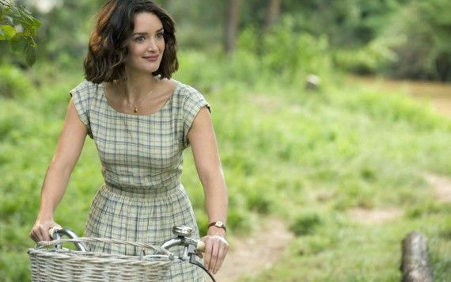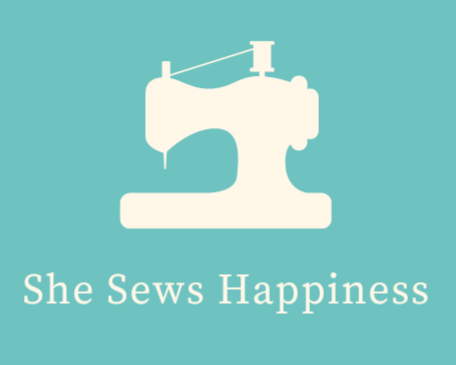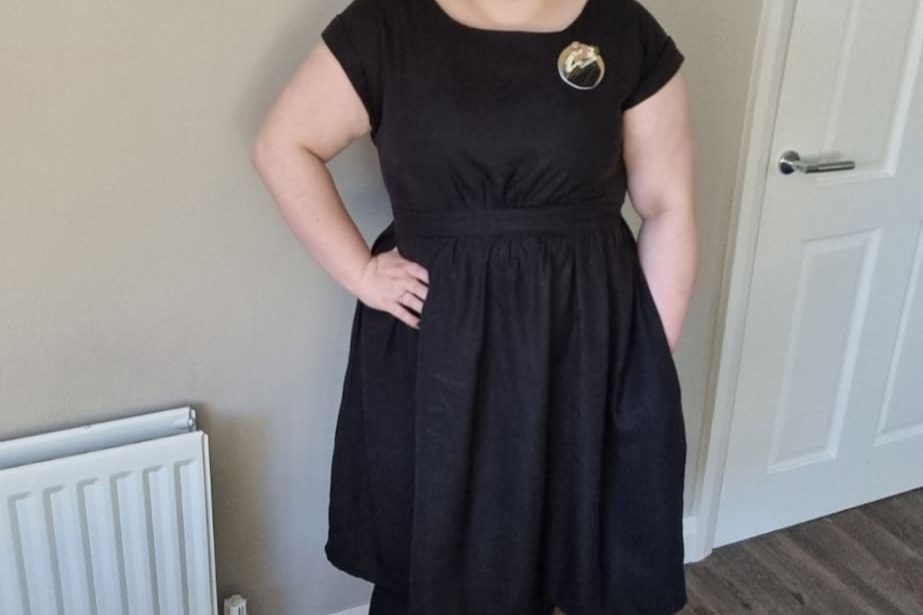I am a big fan of Tencel™ (otherwise known as lyocell – the difference is merely a case of copyright; Tencel is a brand owned by the Lenzing corporation). Tencel™ is a rayon substrate—a semi-synthetic textile composed of cellulosic regenerated fibres; it is produced using non-toxic NMMO instead of the highly toxic carbon disulfide that is used in viscose. Carbon disulfide is incredibly volatile and is easily released into the environment, causing damage not only to the environment but also to the health of textile workers; research has shown that viscose rayon workers frequently suffer from polyneuropathy, a condition that causes weakness, numbness and burning pain. If sustainable fashion is an aspiration for you, Tencel™ is a good fabric to use. Lenzing has a good track record for sustainability; the majority of their wood pulp is sourced from FSC-recognised forests.
Viscose is a popular fabric because of the drape of the fabric but Tencel™ offers just as good – if not better – drape. The spinning process for making lyocell makes it smoother, giving it a more luxurious drape, and it holds colour better. Additionally, lyocell has more strength when wet; it keeps approximately 85% of its strength whereas viscose is prone to twisting and tearing when wet and loses half its strength.
Given the drape of this fabric, it was made for patterns such as the Marguerite dress. I think it elevates the pattern compared to making it with viscose or light woven fabrics like cotton lawn. The weight of this particular fabric made it perfect for this time of year, too. It has a bit of weight to it. It is an easy fabric to work with, too, in spite of its seemingly slippery nature. Just make sure to pin it well before cutting.
Sew Over It Marguerite Dress
Marguerite is one of my all-time favourite patterns to sew; but until now I have never featured it in a blog. I have quite a few of them in my wardrobe now but I realised I was missing a plain black version (in fact, ever since I started sewing, I have created very few black garments even thought they were a staple in my ready to wear wardrobe).
Marguerite is a beautiful dress which is a ringer for the dresses worn by Charlotte Le Bon in the film The Hundred Foot journey. I always loved the outfits in that film but was never able to find anything that resembled them in ready to wear clothing. That’s one of the best parts about learning to sew your own wardrobe; if you’re anything like me and get inspired by tv and film, it’s a gift to be able to recreate those looks.

For the Marguerite dress, the shape is in the details. Most of the shaping work is done by gathering, except for bust darts. This makes it a really good beginner pattern as there are minimal major adjustments that need to be done. In fact, I did not make any modifications to this pattern whatsoever. The style of the dress – the semi fitted bodice and dolman cuffed sleeves – makes it very forgiving. For most of the dresses I sew, even from the Sew Over It pattern line, I usually have to do a full bust adjustment and experience recurring issues with gaping necklines and tight armholes and sleeves. The dolman sleeves take away most of those issues.

While this is the only pattern I have come across that doesn’t need adjusting (excluding jersey patterns which are the ultimate easy sew), the Sew Over It range of patterns are one of the best for my figure which is possibly part of the reason I revisit their pattern line over and over again. I’ve had a lot of people tell me that they’ve been reticent about making Sew Over It patterns because they don’t think it would suit their curves or they’d have too many fitting issues. I’ve only ever had the opposite experience; I find the patterns to be really flattering for curves. The Sew Over It Marguerite pattern was recently expanded, too; it now comes in two size ranges; UK sizes 8-20 and 18-30.
I find this pattern really empowering which is why it’s such a go to for me. It just works for my figure. It cinches me in at the waist, where I need it, and fits the bust area really well. The dolman sleeves and the skirt are really well balanced, so it creates a good silhouette. As a curvy woman, I love a pattern that works with my curves, not against them.

This is the dress that bolstered my body confidence. When I took up sewing, it was a knee jerk reaction from being tired of RTW fashion suggesting my body was a problem. As a short, curvy woman with as many problem areas as any woman admits to, as much as I loved fashion, clothes shopping was a chore. As I picked up the needle and thread and started to learn to art of pattern manipulation to fit clothes to my body, I became even more comfortable in my own skin. And then I encountered Marguerite and, even though I didn’t have to make any adjustments, my body contentment reached a whole new level of solidification. Even my arms which bother me so much don’t annoy me in this dress at all. That’s why I make this pattern repeatedly. It’s a celebration of the body I have, not the one I once wished I had, nor the one society tries to dictate I should have.

This dress will get so much wear. A little black dress is perfect for all kinds of occasions; this is perfectly suited to be paired with heels and a clutch bag but could just as easily be worn with boots and a cardigan for a casual shopping day.

